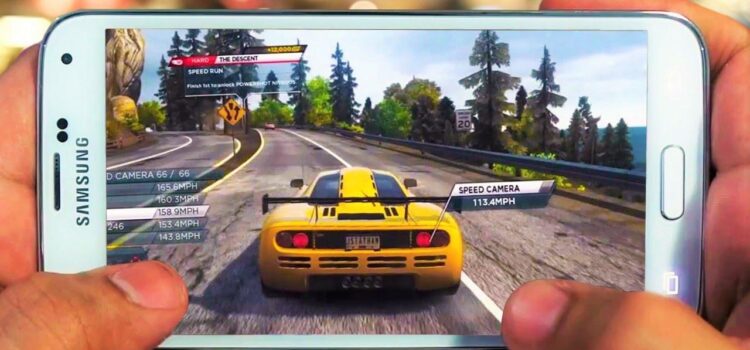In the ever-evolving landscape of mobile gaming, creating captivating Android games that stand out requires a strategic approach that goes beyond mere gameplay mechanics. Today, the success of an Android game is heavily reliant on its graphics and performance. As a business owner or developer in the gaming industry, understanding how to boost graphics and performance is paramount to staying competitive and appealing to a diverse audience.
Understanding the Importance of Graphics and Performance
Graphics and performance are the pillars upon which the success of an Android game stands. In a market saturated with thousands of games vying for attention, visually stunning graphics and smooth performance can be the key differentiators that attract players. When users download a game, they expect a visually immersive experience that runs seamlessly on their devices. Therefore, prioritizing graphics and performance optimization is not just about meeting expectations but exceeding them.
The Impact of Graphics on User Engagement
Graphics play a crucial role in shaping the overall user experience of an Android game. High-quality graphics can draw players into the game world, enhancing their immersion and enjoyment. Detailed environments, realistic character models, and stunning visual effects contribute to creating a captivating gaming experience that keeps players coming back for more. Additionally, visually appealing screenshots and promotional materials can significantly impact a game’s visibility in app stores, leading to increased downloads and engagement.
Optimizing Performance for Smooth Gameplay
Performance optimization is equally important as graphics enhancement in Android game development. A game may have impressive graphics, but if it suffers from lag, frame drops, or long loading times, players are likely to abandon it in frustration. Optimizing performance involves various techniques, such as efficient resource management, minimizing processing overhead, and utilizing hardware acceleration. By ensuring smooth gameplay across a wide range of devices, developers can enhance user satisfaction and retention.
Implementing Advanced Rendering Techniques
To achieve cutting-edge graphics in Android games, developers can leverage advanced rendering techniques. Techniques such as physically based rendering (PBR), dynamic lighting and shadows, and real-time reflections can elevate the visual fidelity of a game to new heights. By harnessing the capabilities of modern graphics APIs like Vulkan and OpenGL ES, developers can create visually stunning effects that were once only possible on high-end gaming consoles and PCs.
Utilizing Performance Profiling Tools
Performance profiling tools are indispensable for identifying bottlenecks and optimizing resource utilization in Android games. Tools like Android Profiler and GPU Profiler provide insights into CPU, memory, and GPU usage, allowing developers to pinpoint areas for improvement. By analyzing performance metrics and identifying areas of optimization, developers can fine-tune their games to deliver a consistently smooth and responsive experience across different devices.
Balancing Graphics and Performance
Finding the right balance between graphics quality and performance is a delicate yet essential aspect of Android game development. While pushing the graphical boundaries can result in visually stunning games, it should not come at the expense of performance. Developers must prioritize optimization efforts to ensure that the game runs smoothly on a wide range of devices, from budget smartphones to flagship models. By striking the right balance, developers can deliver a visually impressive experience without compromising performance.
Maximizing Compatibility Across Devices
Android fragmentation poses a significant challenge for developers aiming to optimize graphics and performance across a diverse range of devices. With countless device models varying in screen size, resolution, processing power, and GPU capabilities, ensuring compatibility can be a daunting task. Adopting a scalable approach to graphics rendering and performance optimization is crucial for reaching the widest possible audience without sacrificing quality.
Staying Ahead with Emerging Technologies
As technology continues to advance, so do the possibilities for pushing the boundaries of graphics and performance in Android games. Emerging technologies such as ray tracing, machine learning-driven rendering, and cloud-based gaming present exciting opportunities for innovation. By staying abreast of the latest developments and trends in the industry, developers can position themselves at the forefront of android game development company and deliver groundbreaking experiences to players.
Conclusion
In conclusion, boosting graphics and performance is paramount for creating successful Android games in today’s competitive market. By understanding the importance of graphics, optimizing performance, implementing advanced rendering techniques, utilizing performance profiling tools, balancing graphical fidelity with performance, maximizing compatibility across devices, and embracing emerging technologies, developers can create compelling gaming experiences that captivate audiences and drive success.









Comments
Best-Selling & Trendy Watches for Kids You Must Buy This Season